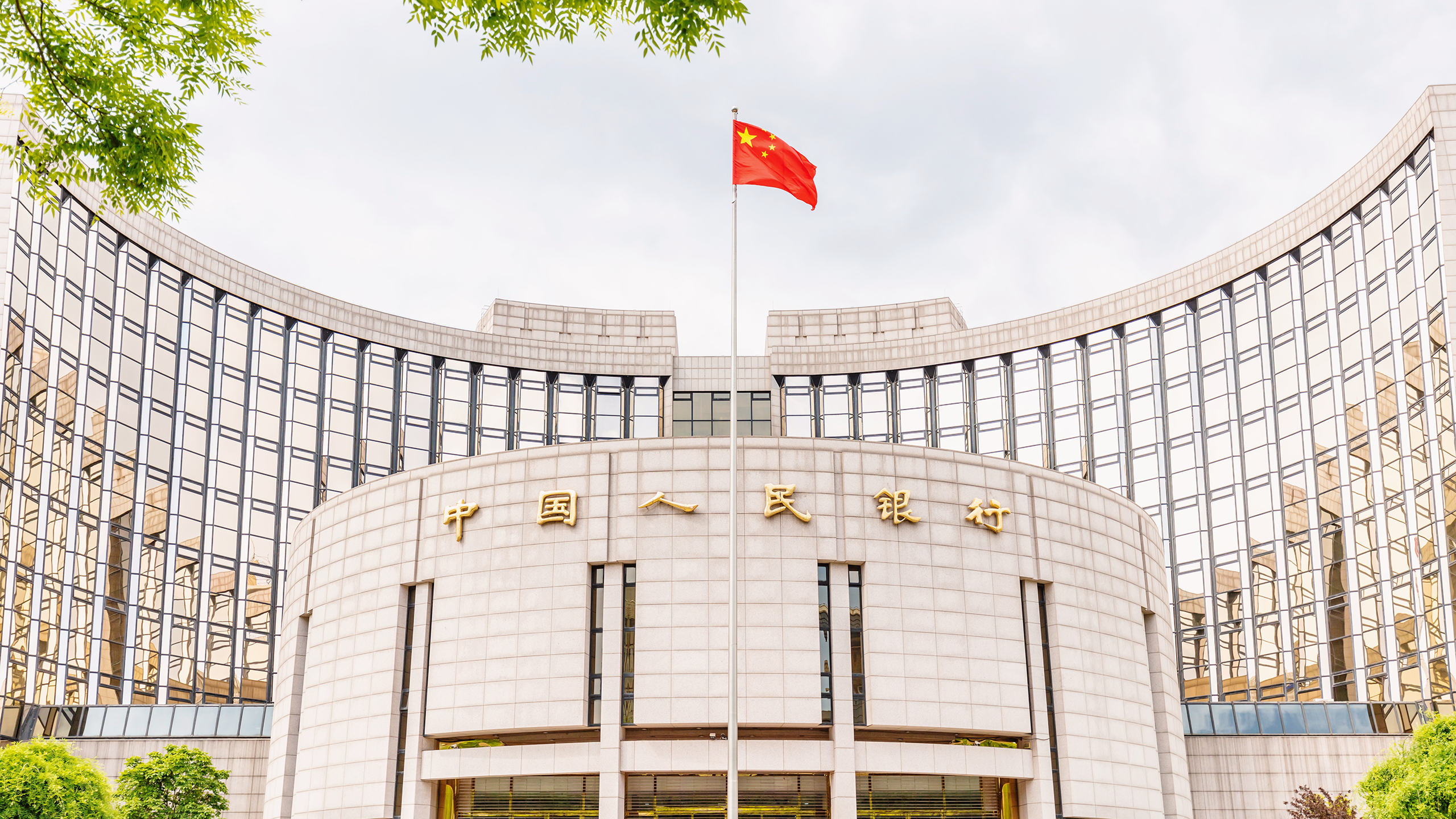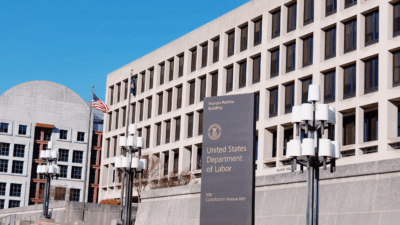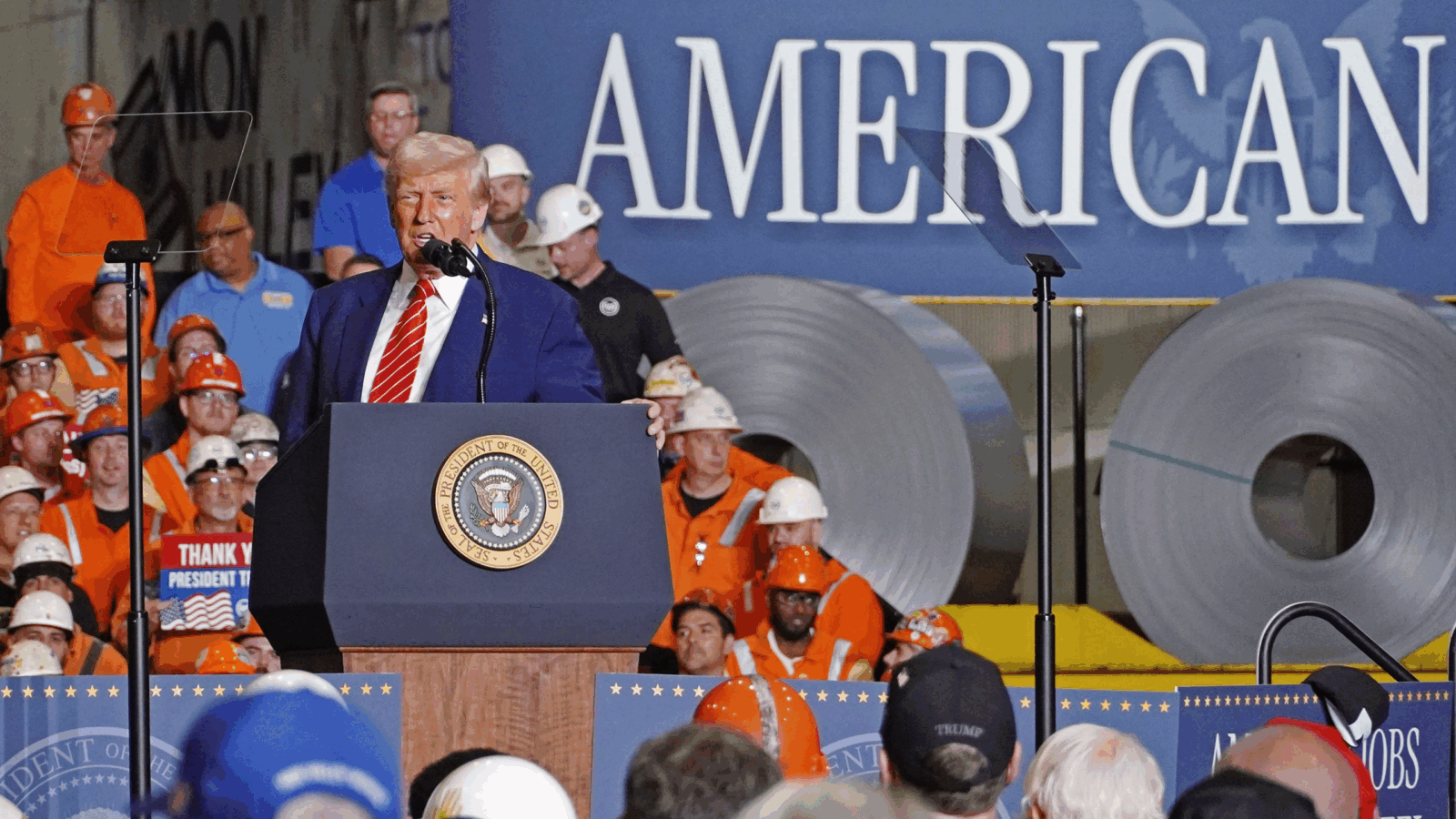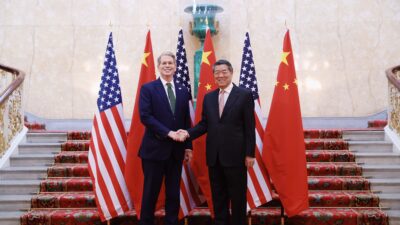China Makes Surprise Rate Cuts Following Top Policy Meeting
The People’s Bank of China unexpectedly lowered its benchmark lending rates and a noteworthy short-term policy rate.

Sign up for smart news, insights, and analysis on the biggest financial stories of the day.
China beat the US to the punch again — not with a computer chip, but with an interest rate cut.
On Monday, the People’s Bank of China unexpectedly lowered its benchmark lending rates and a noteworthy short-term policy rate, days after leading government officials acknowledged several long-term economic challenges stymieing growth.
Real Estate Headache
The rate cuts come days after China’s top ruling officials completed the once-in-every-five-years third plenum. After the key policy meeting, the government acknowledged a handful of economic pressures — deflation, an ongoing property crisis, rising local debt, and weak sentiment from consumers and businesses — but still pledged to meet this year’s GDP growth target of around 5%.
Data last week showed the economy is off the mark: It grew 4.7% in the second quarter, down from 5.3% in the first quarter. The property crisis worsened in June, with a measure of new home prices in 70 cities falling 0.67%, according to the National Bureau of Statistics, a month after they fell 0.71%. The rate cuts, meanwhile, play out against a delicate balancing act:
- After the cuts, the yuan fell to a near-two-week low against the US dollar — it’s already down over 2.5% this year (lower interest rates tend to attract less foreign capital and weaken the currency).
- A weaker yuan could boost exports and inflation, but would increase the cost of imported commodities and add to the woes of an indebted property sector that has already defaulted on $123 billion in international bonds, according to Bloomberg.
Stimulus Check: One senior official suggested Friday that the government will deploy other fiscal tools. Han Wenxiu, the deputy director who heads the Communist Party’s financial affairs, said at a media conference that China will “need to introduce and implement more robust and effective” stimulus measures, owing to a lack of demand and “divergence in the performance between regions, industries, and businesses.” In other words, they’ll keep doing exactly what they’ve been doing until maybe it works.











